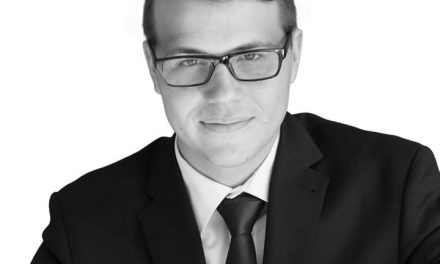
Private Portfolio – Welcome to the Real World
Over the last few months I gained some first hand exposure to what it means, financially speaking, to become old and frail.
Much has already been said and written on this subject and there are many campaigns aloof to raise awareness of the financial implications of going into retirement and that this retirement can become a lengthy one.
Unfortunately it seems a feature of our human nature to address the many possible negative situations one may face in future with the attitude that this event will not happen to me or that it is too far in future to contemplate at all.
This attitude does help to maintain a positive outlook on life instead of just fretting about all things that may go wrong and thereby forget to live.
However, when one does get confronted with the reality then the coin drops but it may be just a little too late.
For this reason I like to share some of my recent experiences. Having spent some time visiting old age homes and frail care centres and having listened to conversations amongst the folk that reside or visited there, a few issues were hammered home again.
Being taken up in frail care can cost anything between N$12 000 to N$15 000 per month. To this amount one can add ongoing expenses like medical aid membership (if you are fortunate enough to belong to one) that can also amount to anything from N$2 500 per month upwards depending on age and scheme option.
Add a few sundry expenses and you are closing in on N$20 000 per month. In case of frail care a medical aid fund may come up for a portion of the expenses but that is very limited to say the least.
With no public or governmental social security system in place and none envisaged for the future that could cater for these situations, many of us will be at the mercy of the private sector to obtain such benefits.
Make no mistake; this is not unique to us in Namibia. Even the most developed nations with very sophisticated social security systems in place are reeling under the pressure to care for their ever increasing number of aged.
In many cases that I witnessed the pensioner’s children or family is called upon to defray a large portion of these expenses. This in itself is problematic since many of them have enough expenses to contend with themselves.
Furthermore with the advent of globalisation many families are spread all over continents and are neither in the proximity nor in the financial position to assist.
This always brings one back to the bottom line question of how much money do I need?
My personal rule of thumb under the current investment return environment on low risk investments is to say that for every N$4 000 per month initial income, you need N$1 million in capital to cater for inflationary increases thereafter.
So, to cover an N$15,000 per month income, a capital base of N$3,75 million may see you through over a medium to longer term.
To me these are frightening figures. All I can say for now is that we have again been given an opportunity with the recently announced income tax relief measures to seriously consider investing as much of the extra disposable income as one possibly can.











































